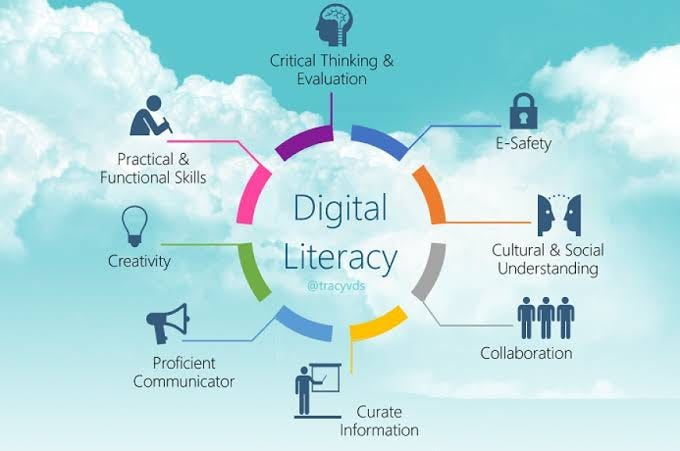Understanding the Porn Ban
- Srishti Gupta

- Jul 11, 2021
- 4 min read
The fault doesn't lie in pornography itself but with the actions which capitalise on its hurtful potentialities. Recognised as a mode of free speech and expression, porn is also utilised by many for sexual exploration and liberation. Although much of the content reflects the degradation and subjugation that women experience, ethical alternatives are also fast emerging. The attempts at a porn "ban" are apparent only as shallow appropriations of women's issues that aim at policing free expression and dictating social morality.
The term pornography is derived from two Greek words- 'Porne' (prostitute) and 'graphos' (writing about). It is called 'obscene'- which is defined under Section 20(1) of the IPC as "any material (that) is lascivious or prurient or...has the tendency to corrupt or deprave the people." Any film, picture or text containing sexually explicit material that is seen as obscene is considered as pornography.
The publication, distribution or designing of pornography via the cyberspace is called cyber pornography.
The incumbent central government in India has attempted to "ban" digital pornography twice within the last 6 years. The first time was in 2015 based on a PIL filed by lawyer Kamles Viswani who, it is said, was disturbed by the increasing instances of rape in the country and wanted to do something about it. He thereby made a not-wholly-unfounded correlation between porn and sexual harassment, writing in his petition, "Watching porn... encourages violent acts, unacceptable behaviour in society, exploitation of children and lowers the dignity of women.” However, it lasted only a week as the Indian social media witnessed an outpouring of scorn and outrage and the government "unbanned" all sites except those that promoted child pornography.
The "ban" was enacted for the second time in 2018 following a case of gangrape where it was found that the rapists had been watching pornographic content prior to the incident. This time around, the "ban" wasn't lifted and remains in effect till date. Yet, the consumption of porn has only increased- last year, the spike was noted to be 33% within the very first month of the lockdown- and neither have cases of sexual harassment decreased. Why is that?
Firstly, I write "ban" and "unban" in double-quotes, since it has been proved technically impossible for digital pornography to be banned. In fact, the government's move both times was the blocking of access to a designated list of sites, under Section 69A of IT Act, 2000. Besides, the Supreme Court in 2015 ruled that it could not prohibit individuals from watching any content (except child pornography) as it would violate their right to privacy. Thus, while electronic publication and transmission of pornography is prohibited under Section 67 of the IT Act, there are no restrictions on the storage or viewing of adult pornographic content.
This renders the supposed "ban" ineffective in several ways- firstly, Internet Service Providers responded to the government's directive of blocking sites by stating its virtual impossibility owing to the fact that many servers hosting these sites were located in foreign countries where porn was legal. Besides, no server can be completely blocked with looming possibility that entities will soon locate another server in another country to transmit material.
Secondly, 827 sites- the number blocked in the second attempt- touches only the tip of the iceberg by covering less than 2% of porn websites. And even these sites can be easily accessed via free web-based proxies or VPNs. In fact,, since only the domains identified in the list were blocked, the websites themselves found ways of bypassing this by creating mirror sites or even by slightly tweaking their domain names (Pornhub.com was soon back up as Pornhub.net). Moreover, websites are only a part of the internet. Even if they are "banned", porn can still be downloaded via Bit-Torrent technology, or shared using peer-topper networks like eMule, etc. The lesson here should be clear: there's no taming the internet.
The vices of mainstream porn production and distribution are plenty. The behind-the-scenes exploitation, abuse and financial coercion that performers experience as well as the health hazards prevalent in the industry have been increasingly documented in recent years. Many trafficking survivors, who were abducted as children and forced to perform without their consent, have also come forward with horrifying stories. Digital pornography has disturbingly also witnessed a surge in revenge porn. These also extends to porn consumption as evident by 'non-consent' (literally, rape) being a popular category on most sites.
However, the crux of the problem lies in defining porn's harm in terms of cultural values when instead they need to be addressed along the lines of humanitarian concerns. The past few years have also seen a positive development occur with the introduction of alternative 'ethical' porn- produced in safe working conditions with fare wages, attempting to depict real sex rather than idealised fantasies. “To say Indian women watch porn is an insult to their dignity,” Vaswani had said in response to research that women, too, enjoy consuming porn. It is this kind of sexist, paternalistic rationale that is advanced in defense of the "ban" and reveals a lot of what is problematic about it.
The ban has been variously described as impractical, misguided, futile, illusory and even downright dangerous. It has created undue complications for victims of exploitation, who might be trapped in an illegal operation, to get justice. Moreover, it seems nothing more than an appeasing measure to shush the anti-porn traditionalists while doing little to offend the pro-porn constituency.
Meanwhile, the foundational issue of sexual harassment remains untacked. It will be so unless actions which attack the root of the issue like a comprehensive sex education programme are undertaken, family laws which restrict women from seeking redressal are altered or at-least better porn regulation mechanisms like a deep web filtering system are adopted.
For further reading:








Comments